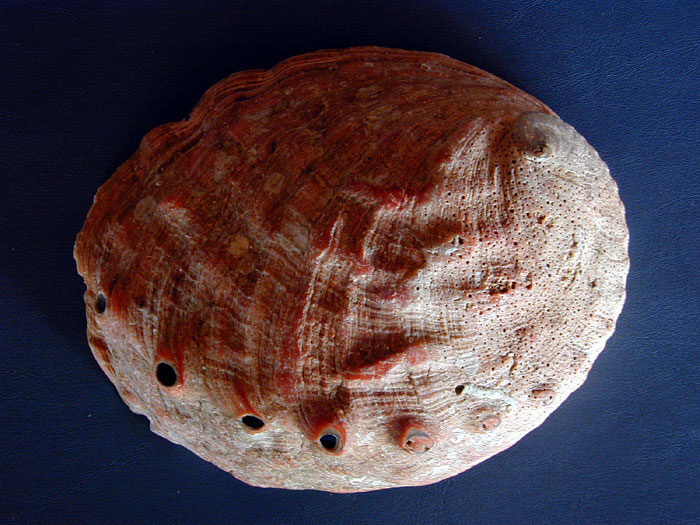Many creatures that live in the ocean have been studied immensely throughout the course known as Marine Biology. This includes, but isn't limited to: Cnidaria, Cephalopods, Chordata, and Walruses. For all of these things that exist, they play some role in their ecosystem, show mannerisms that are in some way dissimilar to other species, and have some kind of great relationship. It's more than just small fish being food to bigger fish being food to human; there exist other creatures that make the vast ocean something more deep.
There exist simple worms in the aquatic world: phylum Platyhelminthes, phylum Nemertea, and phylum Nematoda. In phylum Platyhelminthes, their bodies are composed of muscle, and had simplistic digestive systems. The round worms that are Nemertea have a one-way digestive system. Those that are in phylum Nematoda are parasitic, feasting off marine organisms.
Marine reptiles are not that different from terrestrial reptiles; the thing making them relevant here is them living in an aquatic environment. Traits of all reptiles are that they have cold blood, lungs, and reproduce by laying eggs. There are three orders that are mostly exclusive to marine reptiles: Crocidillia: that's the alligators, crocodiles, and caimans, Chelonia: which are turtles and tortoises, and Squamata: they are snakes and lizards. It's not just marine reptiles that aren't fish living in water, but there's also class Aves, the only class that has feathers, their limbs are wings, and they eat fish.
Last but not least, there are of course the bony fish that everybody knows about, but are just not referred to as "bony." In class Osteichthyes, they have jaws, skeletons, and scales. Most bony fish reproduce externally. The two orders of fish that fisheries find the most important are Clupeiformes: herrings, pilchards, and anchovies, and Gadiformes:
Pollack, haddock, and whitings.
And that's most of the stuff I learn this year in this class.
Thursday, June 12, 2014
Wednesday, June 4, 2014
Hot Turtles
Climate change is a problem in this world; the worldwide temperature is going up little by little every year. It affects the lives of people because the oceans will rise, making there be no land to live on. It has an impact on animals in the same way as well. It affects sea animals because it will warm the oceans, eventually becoming too warm for them to live in it. Humans are what is causing this climate change. They produce carbon dioxide and greenhouse gases, and unleash them into the air of the earth. This is due to things such as the burning of fossil fuels, and the destruction of forests. So the answer is simple; stop humanity.
Monday, June 2, 2014
Abalone
An Abalone is a different type of mollusk. There are around 70 species. They're in class Gastropoda, part of family Haliotidae, and of the genus Haliotis. Haliotis translates to "sea ear," fitting seeing as most of them are ear shaped, and live in the ocean.
Picture taken from http://www.marinebio.net/marinescience/06future/abintro.htm

Picture taken from http://www.marinebio.net/marinescience/06future/abintro.htm

Subscribe to:
Posts (Atom)